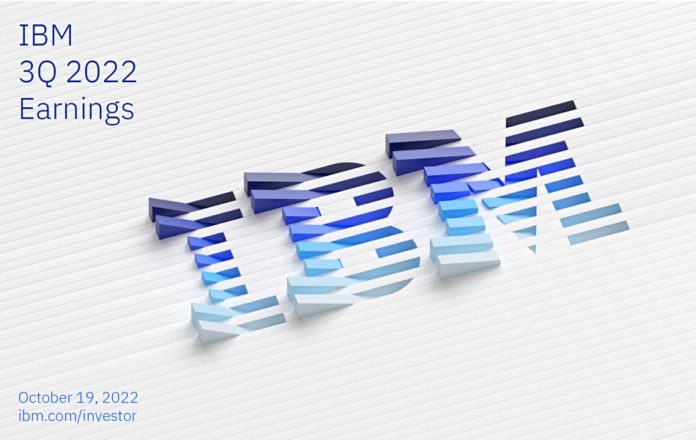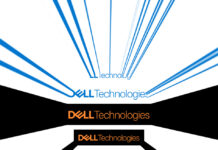IBM reported third 2022 quarter revenues of $14.1 billion, up 6 percent annually, as its new mainframe cycle took off, pushing full year guidance a little higher.
Big Blue’s storage revenue numbers were invisible as its financial reporting obfuscates them.
There was a loss of $3.3 billion compared to the year-ago profit of $1.23 billion. The new z16 mainframe has caused a surge in upgrade sales and these drag DS8000 storage array sales in their wake. IBM storage hardware and software revenues are included in separate business segments and not highlighted in its public financial numbers.
Like many other suppliers, IBM is finding that business preference for hybrid on-premises and public clouds together with enthusiasm for AI is helping to raise its revenues. Chairman and CEO Arvind Krishna said: “Technology remains a fundamental source of competitive advantage, and we continue to see solid demand for our hybrid cloud and AI solutions … hybrid cloud and AI are the two most transformational technologies of our time.”
Summary
- Gross profit margin: 52.7 percent (53.6 percent a year ago)
- Net cash from operations: $19 billion
- Free cash flow: $800 million
- Dividends: $1.5 billion
- Cash: $9.7 billion
IBM’s three business segment revenue numbers are growing nicely:
- Software: $5.8 billion, up 7 percent year-on-year (14 percent @ constant currency)
- Consulting: $4.7 billion, up 5 percent (16 percent @ constant currency)
- Infrastructure: $3.4 billion, up 15 percent (23 percent @ constant currency)
IBM highlights its revenue changes in constant currency terms but supplies actual currency revenue change percentages as well. These are what most other suppliers use, and we use them below.
IBM growth
IBM is upping its full year revenue expectations, with Krishna saying: “With our year-to-date performance, we now expect full-year revenue growth above our mid-single digit model.” IBM is rising above pandemic, supply chain, Ukraine, inflation and recession issues affecting other suppliers such as Micron and Seagate.
How is that? Krishna reckoned in the earnings call that it’s due to IBM focusing on mission-critical areas in hybrid cloud and AI, “areas that are around automation, areas that are about leveraging AI for enterprise productivity.” And IBM is not exposed to the consumer market – it’s all B2B.
He claimed there was a robust business environment in the Americas – “most enterprises want to invest” – and it’s similar in Asia. There could be a bit of a downturn in Europe and “we’d be foolish not to prepare,” but the effect would be limited. Europe is “ballpark 20 percent of global GDP. Even if you have a massive impact, 5 to 10 percent, that’s a 1 to 2 percent impact on a global level.”
Krishna said: “Technology is typically 3 to 4 percent ahead of GDP growth.” So IBM believes it can still grow despite any European downturn.
Storage revenues
Trying to understand publicly owned IBM’s storage revenues is a fool’s game. Its storage software includes the various Spectrum products and Red Hat storage products, and is part of its Software segment, without being made visible. Its storage hardware is included in its Infrastructure business but again not visible.
IBM noted that the Infrastructure segment was fueled by mainframe zSystems sales, up 88 percent, and a distributed infrastructure sub-segment growth of 13 percent was driven by the Power 10 server and “storage innovation,” which meant FlashSystem refreshes throughout the year.
Within the Software segment, the Hybrid Platform & Solutions area contributed the lion’s share at $4.2 billion. This includes Red Hat (RHEL, OpenShift, Ansible), up 12 per cent annually, Automation, Data & AI, and Security. The remaining $1.6 billion came from Transaction Processing software, which means items such as CICS, DB2, and WebSphere.
SVP and CFO James Kavanaugh said Red Hat enjoyed “market share gains across RHEL, OpenShift and Ansible this quarter … with strong cross-sell and up-sell across Red Hat solutions.”
It all implies storage hardware revenues grew with the mainframe tailwind and FlashSystem refresh, and Red Hat drove some storage software sales higher, but we just don’t know for sure. Guess we’ll have to wait for future IDC and Gartner analyses to get a clearer view through the Big Blue fog.








